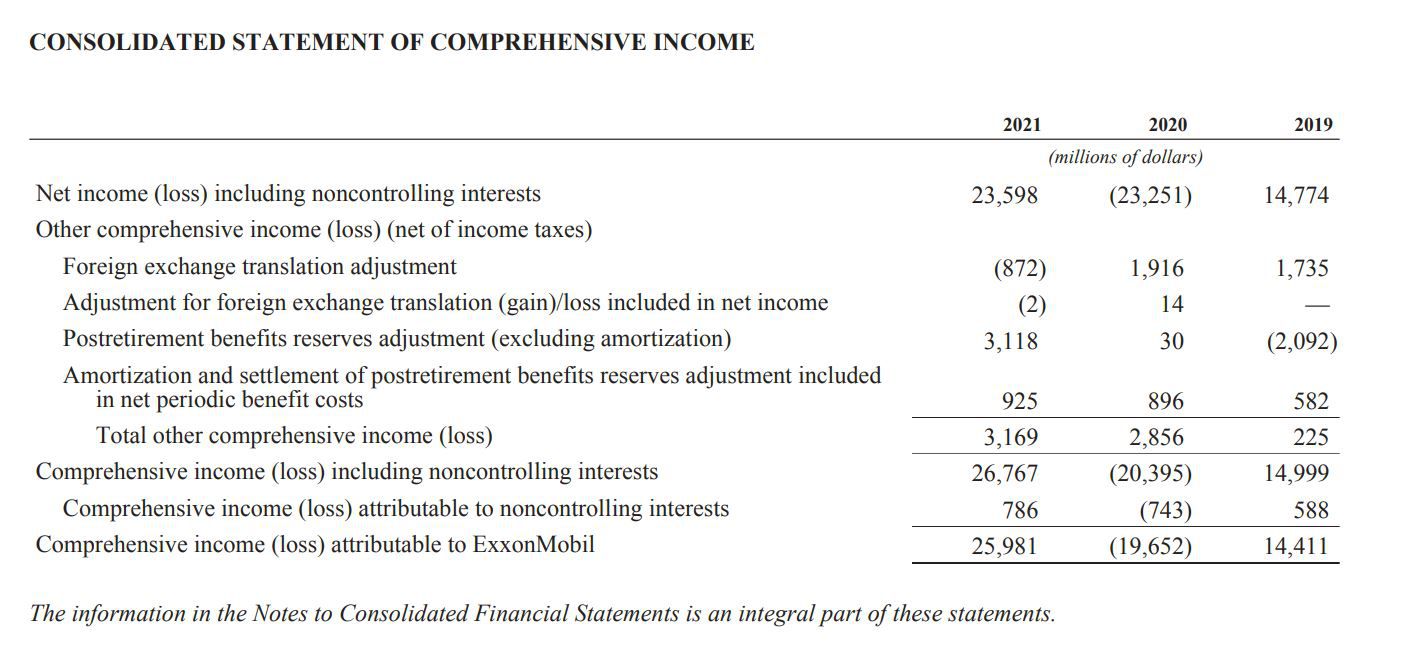Home>Finance>Appreciative Inquiry: Definition, Principles, And Examples


Finance
Appreciative Inquiry: Definition, Principles, And Examples
Published: October 8, 2023
Learn about the definition, principles, and examples of Appreciative Inquiry in the context of finance. Discover how this approach can positively transform organizations.
(Many of the links in this article redirect to a specific reviewed product. Your purchase of these products through affiliate links helps to generate commission for LiveWell, at no extra cost. Learn more)
The Power of Appreciative Inquiry in Finance
When it comes to managing finances, a proactive approach can make all the difference. One powerful methodology that is gaining popularity in the finance industry is Appreciative Inquiry (AI). AI focuses on identifying and leveraging the strengths of individuals and organizations to drive positive change and transform financial outcomes. In this blog post, we will explore the definition, principles, and examples of AI in the context of finance.
Key Takeaways:
- Appreciative Inquiry is a positive and strengths-based approach to change management and organizational development.
- It focuses on identifying and amplifying what works well, rather than solely focusing on addressing problems.
Definition of Appreciative Inquiry
Appreciative Inquiry is a methodology that seeks to understand and build upon an organization’s positive core. It is based on the belief that organizations grow and excel by focusing on what already works well, rather than trying to fix what is broken. This approach is rooted in the idea that by understanding and amplifying the positive, individuals and organizations can create sustainable, positive change.
Principles of Appreciative Inquiry
There are four key principles that underpin the practice of Appreciative Inquiry:
- Constructionist Principle: The way we understand and perceive the world shapes our actions and outcomes. By focusing on positive and generative language and conversation, we can create positive change.
- Simultaneity Principle: Inquiry and change happen simultaneously. As we ask questions and seek to understand what is working well, we begin to lay the foundation for positive change.
- Poetic Principle: We have the power to imagine and create our desired future. By envisioning positive possibilities and exploring future scenarios, we can shape our financial outcomes.
- Anticipatory Principle: Our actions today create our future. By taking positive and intentional action, we can shape our financial destiny and create a thriving financial ecosystem.
Appreciative Inquiry Examples in Finance
To illustrate the application of Appreciative Inquiry in finance, let’s take a look at two examples:
1. Investing in Human Capital:
- Instead of solely focusing on financial metrics, organizations can embrace AI principles to appreciate and invest in the skills, talents, and knowledge of their employees.
- By identifying and amplifying the strengths of their workforce, organizations can create a positive and engaged work environment, leading to increased productivity and better financial outcomes.
2. Shifting from Problem-Solving to Solution-Finding:
- Rather than fixating on financial problems, organizations can adopt an AI approach to identify successful financial strategies and practices within their industry.
- By understanding what has worked well for others, organizations can adapt and implement these successful strategies to drive their own financial success.
In conclusion, Appreciative Inquiry offers a refreshing and positive perspective on managing finances. By harnessing the power of strengths and possibilities, organizations can transform their financial outcomes and create a thriving financial ecosystem. Embracing the principles of Appreciative Inquiry sets the stage for building a resilient, forward-thinking finance industry that thrives on positive change.














